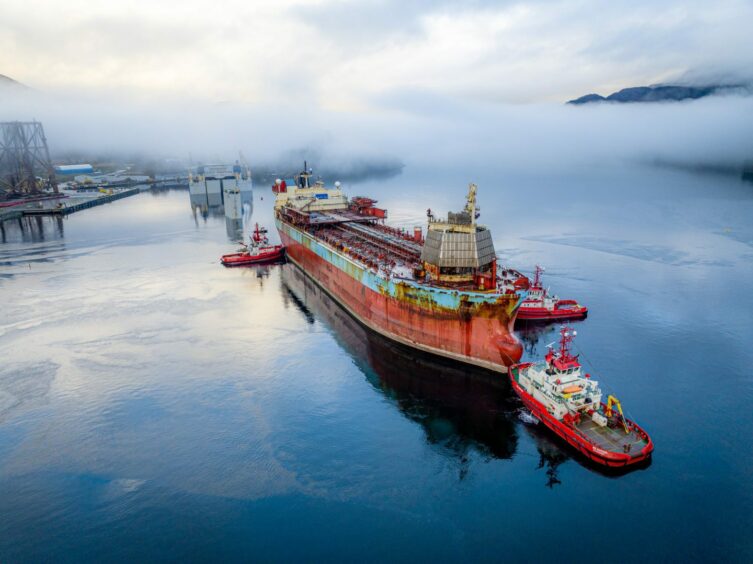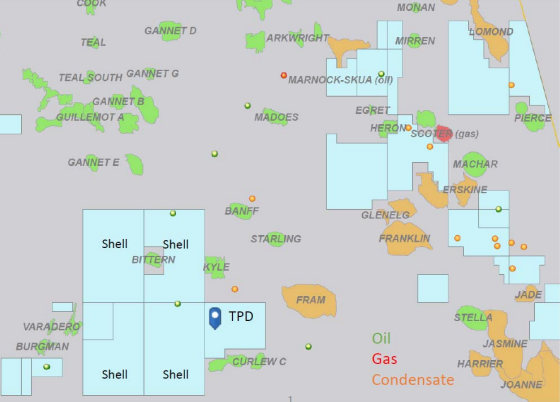
Harvester Energy has shared it will be taking on two blocks in UK waters, including the space that contains the undeveloped Curlew-A discovery.
The firm has taken on blocks 29/7b and 22/12b, which contain Curlew-A and the Pheonix discovery respectively.
Harvester Energy says that its new blocks are reserves suitable for low-cost development.
The Curlew-A discovery was made by Shell in 1977 in the prolific Central Graben area, the London-listed supermajor later dropped the licence in 2016.
In 2018 Australian oil firm Talon Petroleum bought a 10% stake in the North Sea field.
Following Shell’s relinquishment of the licence it was awarded to Corallian in the 30th licensing round.
Harvester Energy said that its first move will be to review existing 3D seismic data of the two discoveries.
The firm has signed a memorandum of understanding (MoU) with Pivotree in which both firms have committed to working together to develop the Curlew-A and the Pheonix discoveries.
Pivotree will be providing engineering and technical support for early study work.
Harvester Energy chairman, Andy Jacobs, said: Harvester Energy’s mission is to identify discovered and appraised but undeveloped oil fields that can be rapidly and cost-effectively commercialised.
“We believe that the sequential development of Curlew-A followed by Pheonix is suitable for deployment of the patented Pivotree small-field production system.”
The Pivotree system involves the use of a subsea oil production Christmas tree that can double as a mooring for a floating production storage and offloading vessel (FPSO).
Recommended for you


